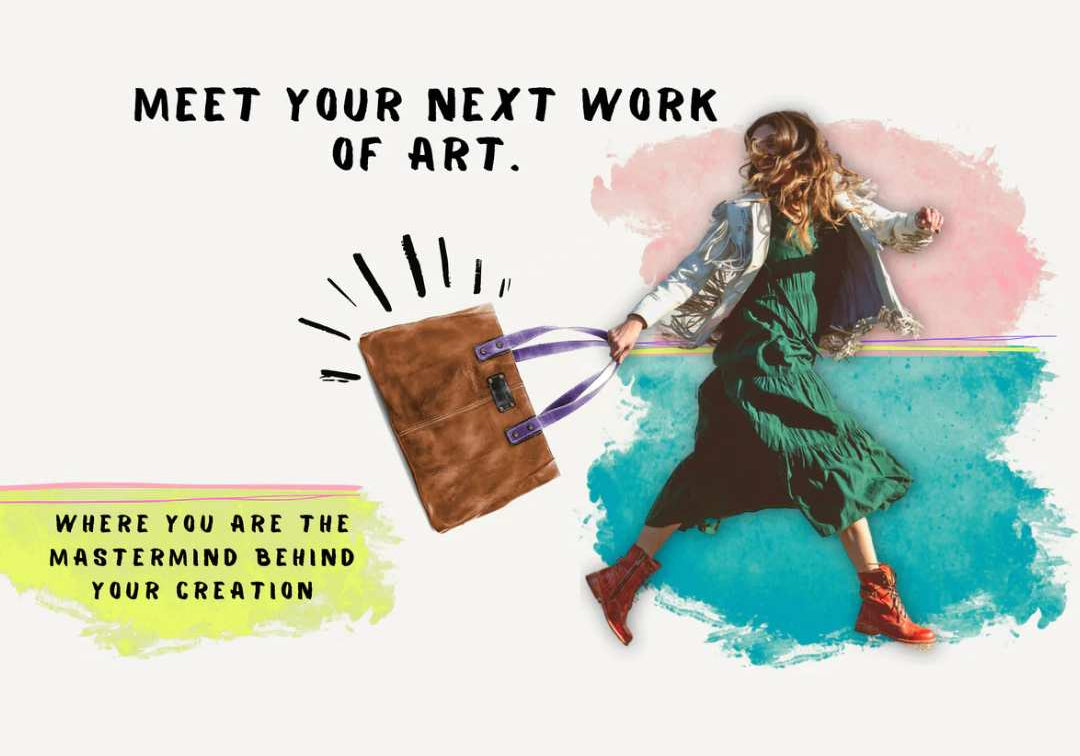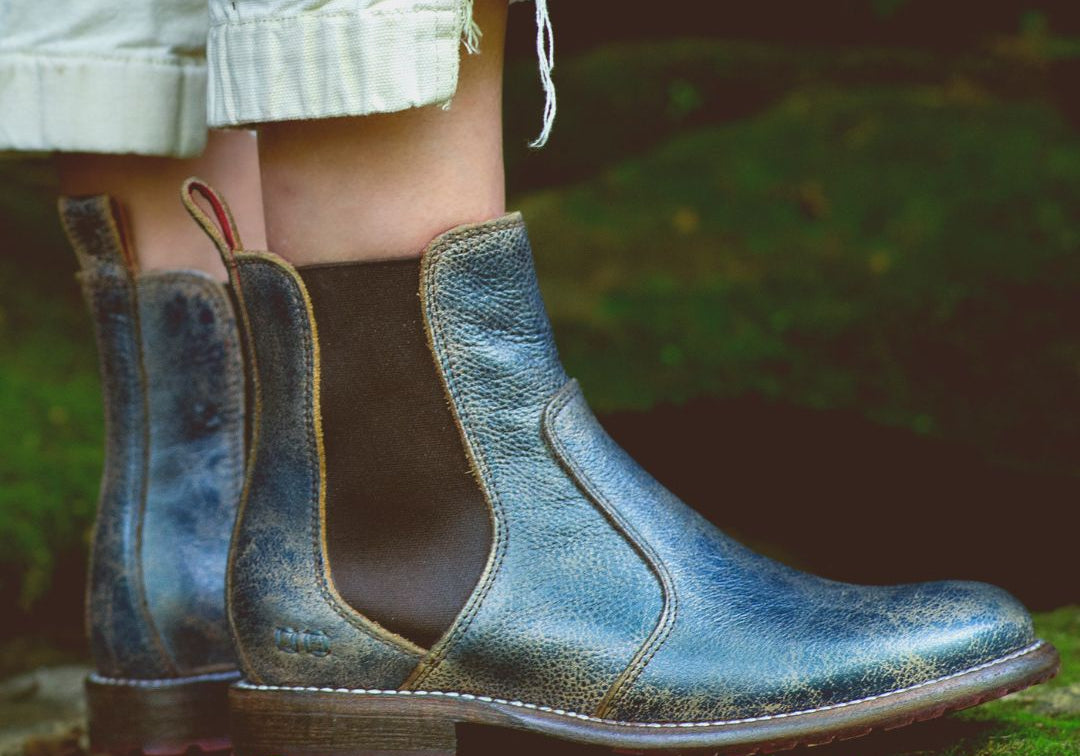What Is Sustainability?

sus·tain·a·bil·i·ty
/səˌstānəˈbilədē/
noun
avoidance of the depletion of natural resources in order to maintain an ecological balance.
"the pursuit of global environmental sustainability"
Sustainability is critical to our environment today as well as our environmental future, and here at BED|STÜ, we take sustainability very seriously.
But BED|STÜ, how are you being sustainable?
Well, thank you for asking! Every day we aim to be as sustainable as possible, by constantly developing a more environmental strategy in all aspects of our sourcing, production, and shipping.
Our Leathers:
Starting with our leathers, to avoid as much waste as possible, we use the whole hide. Many other companies choose to use only the parts of the hide without marks, scratches or imperfections, but to us, those imperfections are what makes each piece unique, plus we don't have as much leather waste.
Vegetable Tanning:
In order to help keep our shoes, boots, bags and accessories as healthy as possible for the environment, our workers, and the wearer, we use vegetable tanning. This means that when we tan our leather (to preserve it), we use natural tannins, found in plants, tree bark, and leaves, rather than using chromium, which is most readily used by other leather companies, since it is much less expensive and less time-consuming, but is extremely toxic for the environment.
Did you know?
Chrome-tanning has been the most popular way of producing leather for over 150 years and currently, 90% of the world's leather production uses chromium to tan its leather, despite the harmful risks to our health and its danger to the environment.
Why is chrome-tanned leather bad for the environment?
Chrome tanneries produce and dump both solid and liquid waste, containing hazardous chemicals and leftover chromium, that is discharged into rivers and the sea. This is extremely harmful, because when chromium-laced waste infiltrates local water systems, it can cause respiratory problems, infections, infertility, and birth defects, in addition to hurting our aquatic life. It can also establish a number of serious diseases and infections in animals within the food chain.
Chilean Pine:
Our wooden heels and wedges are individually cut and use only sustainably sourced Chilean Pine. We work with a vendor that replants ten trees for every one they cut down, in an active effort to combat deforestation and improve our ecosystem.
Overall:
These are only a few things we are doing to further environmental sustainability. We are trying our best every day to reduce our ecological footprint, and will continue to produce the highest quality shoes, boots, bags and accessories, while also taking time to improve the quality and sustainability of our manufacturing and packaging process.
So now, we have a question for you. What are you doing to help improve the state of our environment today?



